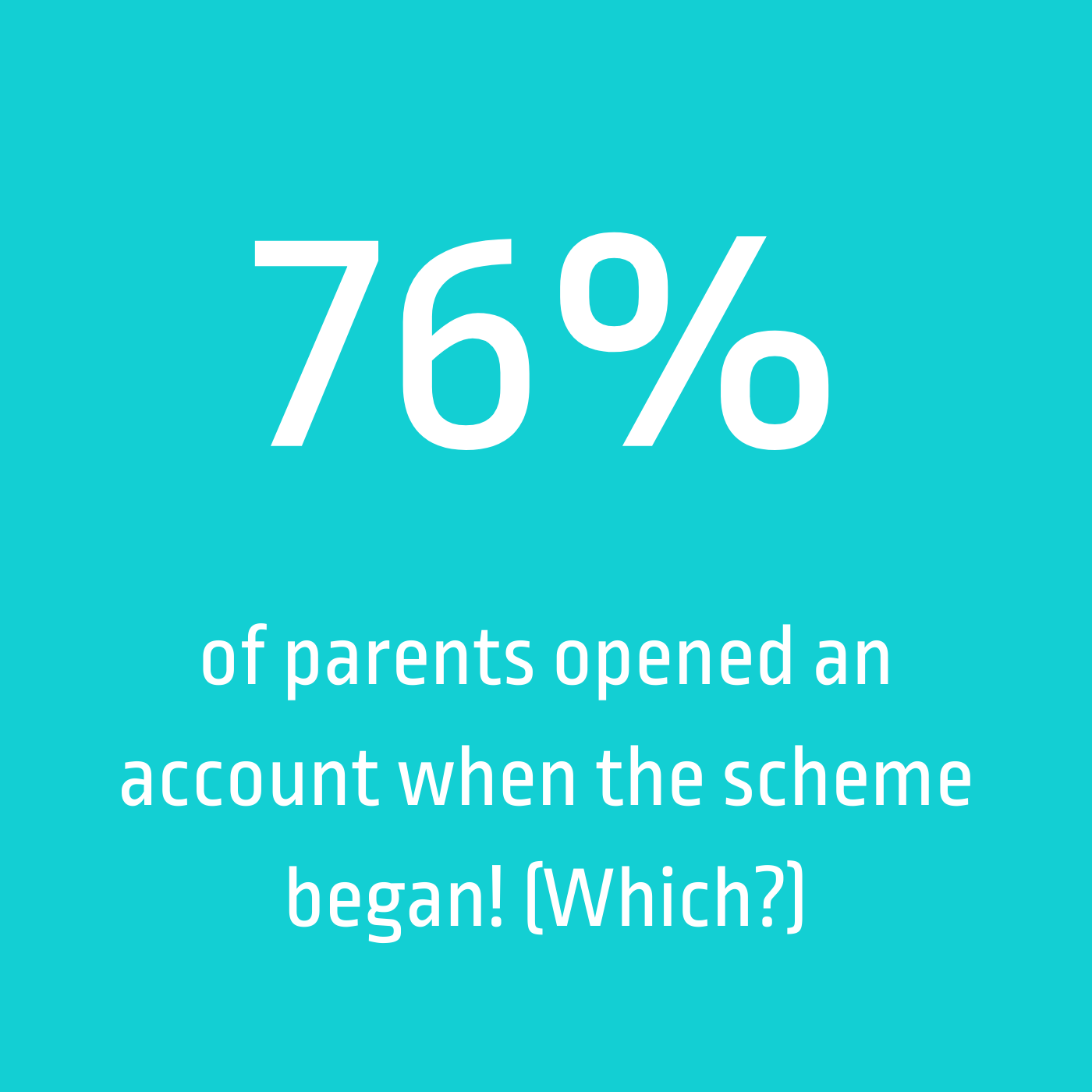Child Trust Funds
What Is A Child Trust Fund?
Child Trust Funds was a scheme introduced to encourage saving for children. The scheme was open to all parents of children born between 1st September 2002 and 2nd January 2011.
The first set of children who are on the scheme will be able to access their money on 1st September 2020.
76% of parents in the UK opened an account when the scheme launched and HMRC estimates there are 700,000 accounts which have been forgotten about or ‘lost’.
The scheme has been replaced by ‘Junior ISAs’ since January 2011.
How Did The Scheme Work?
At birth: the government gave every eligible child a voucher worth £250 to open the account, and also a further £250 directly into the accounts of children who live in low income families.
At age 7: the government would have made an additional payment of £250 into the account, with a further £250 for children in low income families.
To be eligible, you needed to be living in the UK and not subject to immigration controls.
Money in the account belongs to the child and has been locked until the age of 18.
Children are allowed to ‘manage’ the account from age 16.
So How Much Could Be In My Trust Fund?
This depends on four things:
The income your parent/guardian had when they set up the account.
If any money was added.
The type of account that the parent/guardian opened the account with.
If your parent/guardian moved the account to a Junior ISA.
Even if no money was added at all, there could be £250 - £1000 in your account.
The amount now in the account could also vary based on the type of account that the voucher was opened with. There were three different types of account a parent could have opened with their voucher:
A traditional ‘Savings Account’ - where you can leave any contributions in cash earning interest
A ‘Stakeholder’ - like a share-based investment account with a capped annual charge of 1.5% annually and allows you to pay in amounts from as little as £10.
A ‘Share based investment account’ - where you can leave contributions invested in stock market investments










